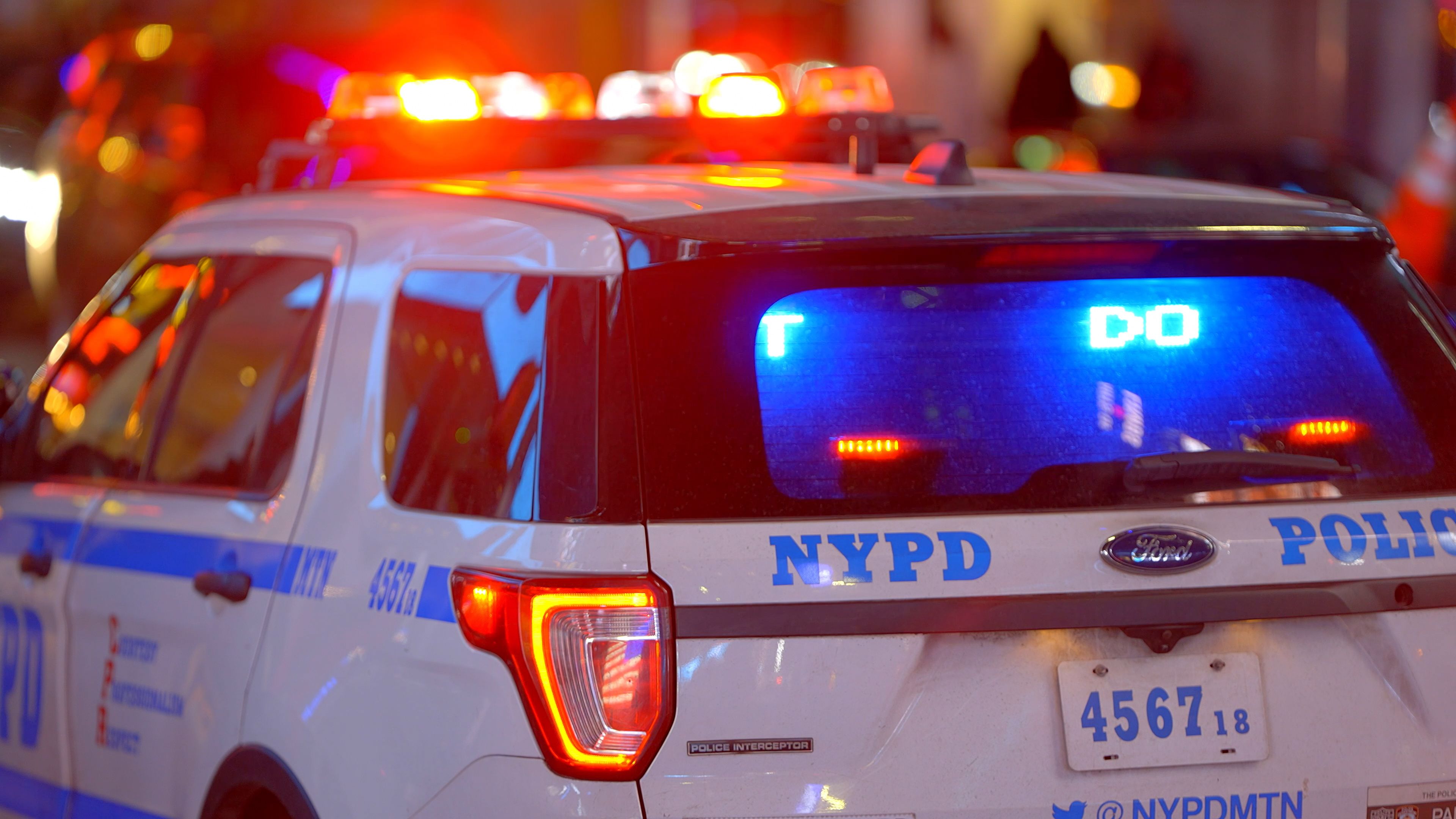The Single-Bullet Theory Comes to New York – But Was it a Direct Hit?
Pete Diaczuk of John Jay College of Criminal Justice gave a recollection at EAS 2023 of a case he worked on in Manhattan involving a victim fatally shot, incomplete ballistic evidence, and the wrong gun recovered at the scene.
Sixty years ago today in Dallas, Texas, John F. Kennedy was assassinated while riding in the back seat of an open convertible, to date the last U.S. President to die in office. But often lost in the remembrances of this pivotal moment in American history are the injuries suffered in the same shooting event by then-Texas Governor John Connally.
Dealey Plaza panorama view of road where JFK motorcade was shot, elm street | Image Credit: © Alessandro Scagliusi - stock.adobe.com

Connally, who eventually died in 1993, did not accept the conclusion of the Warren Commission that has come to be known as the “single-bullet theory”—meaning that the shot fired at Kennedy by Lee Harvey Oswald exited the President’s body and struck Connally on a ricochet.
According to Pete Diaczuk of the Department of Sciences at John Jay College of Criminal Justice in his talk at the Eastern Analytical Symposium & Exposition 2023 (EAS), “The Fatal Bullet – Was it a Ricochet or Not,” how a bullet behaves after initial impact may not always match what the naked eye might expect, including in the Kennedy–Connally case.
“The bullet uses up all of its energy going through the tissue and doesn’t have sufficient energy to exit the garments,” Diaczuk said.
NYPD New York Police Car on duty - NEW YORK CITY, UNITED STATES - FEBRUARY 14, 2023 | Image Credit: © 4kclips - stock.adobe.com

A similar hypothesis was posed to Diaczuk several years ago when he was brought in by the New York Police Department to analyze a case in which a person had been fatally shot in the hallway of a Manhattan apartment (1). The fatal bullet entered the victim through the armpit, with an additional bullet fragment hitting the stomach area, and two low-angle ricochet marks were identified on the drywall nearby.
What Diaczuk was tasked with determining was whether the decedent was felled by a direct hit, or if he himself was the victim of a ricochet. Diaczuk’s conclusion would help the NYPD decide the degree of the murder charge to file against the assailant.
Complicating the case was that the caliber of bullets and bullet fragments found at the scene were hollow-point .22 Magnum—but the only firearm that had been recovered was a .25 automatic pistol. Diaczuk used comparison microscopy, which he said offers a very “elegant” illustration between two choices, to examine the straie of these bullets.
Two .25 caliber automatic pistols | Image Credit: © rCarner - stock.adobe.com

Bullet straie (striations) are crucial in firearm investigations because they provide unique and identifiable markings on bullets, allowing forensic experts to match them to specific firearms. This forensic tool not only aids in linking bullets to crime scenes but also serves as compelling evidence in court, establishing a direct connection between a firearm and a criminal act.
Diaczuk even fired test rounds at clean sections of drywall, which he called a calcium sulfate or gypsum “sandwich” that basically rejects bullet impacts at glancing angles, to prove that the flight of bullets after hitting such targets was not always predictably true.
Eventually, Diaczuk concluded that the victim was indeed struck by two ricochets, at 2 and 5 degrees. In the case of the first ricochet, he said a destabilized bullet hit the person but there was no expansion of the hollow point, and the bullet then traveled farther with little deformation.
Traces of bullets and fragments on the armor | Image Credit: © SERHII BLIK - stock.adobe.com

So it was Diaczuk’s expertise, plus a closer look at the evidence with comparison microscopy, that together proved to be the difference between a definitive analysis and the alternative theories that have perpetuated for six decades following the Kennedy assassination.
Reference
(1) Diaczuk, P. The Fatal Bullet – Was it a Ricochet or Not. Presented at the Eastern Analytical Symposium & Exposition 2023, Plainsboro, New Jersey, November 14, 2023.